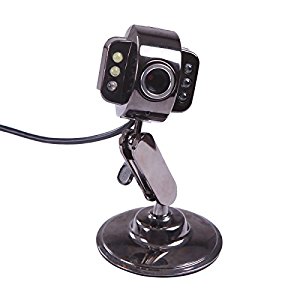Hey Mates.. Lets See about Web Cams..
Webcams provide ‘real time’ images of people; places and events that can be viewed ‘live’ on a web page. The broadcasting end has a camera that captures the images, feeds them into a computer to an ISP and out to viewing pages across the Internet. There are two different types of broadcast: streaming images, where the images are a constant stream downloaded in video format; or Java, where the images are captured at fixed time intervals and refreshed on the web pages at a rate fixed by the broadcaster.
There is a wide range of uses of webcam technology. Some examples include personal ‘Big Brother’ style diaries, sharing of family events, workplace security, video conferencing, virtual tourism, road traffic management, weather watching, event broadcast and a host of others.
 Before you make a choice about any webcam equipment, it helps to decide exactly how you want to use the technology, in other words, what you are intending to broadcast. This decision will impact upon the type of camera you use, and how you use it.
Before you make a choice about any webcam equipment, it helps to decide exactly how you want to use the technology, in other words, what you are intending to broadcast. This decision will impact upon the type of camera you use, and how you use it.
A second consideration is, who will be viewing your content? What level of quality is expected? This will help determine the type of camera you use, the software involved and your Internet connection. Of course, your Internet connection may be a limitation on how much you can do.
The requirements for video conferencing are different from the requirements of workplace security, which are different again from the requirements of sharing a family event.
There are a number of physical components required to make web cam technology work. At the top of the list is the camera itself. Then, depending on the type of camera you use and the way in which you want to deliver the content to the Internet, you may need to incorporate video capture hardware in your computer. Some software is required to help you process the data, and Internet connection is required and a web page into which the data is fed.
